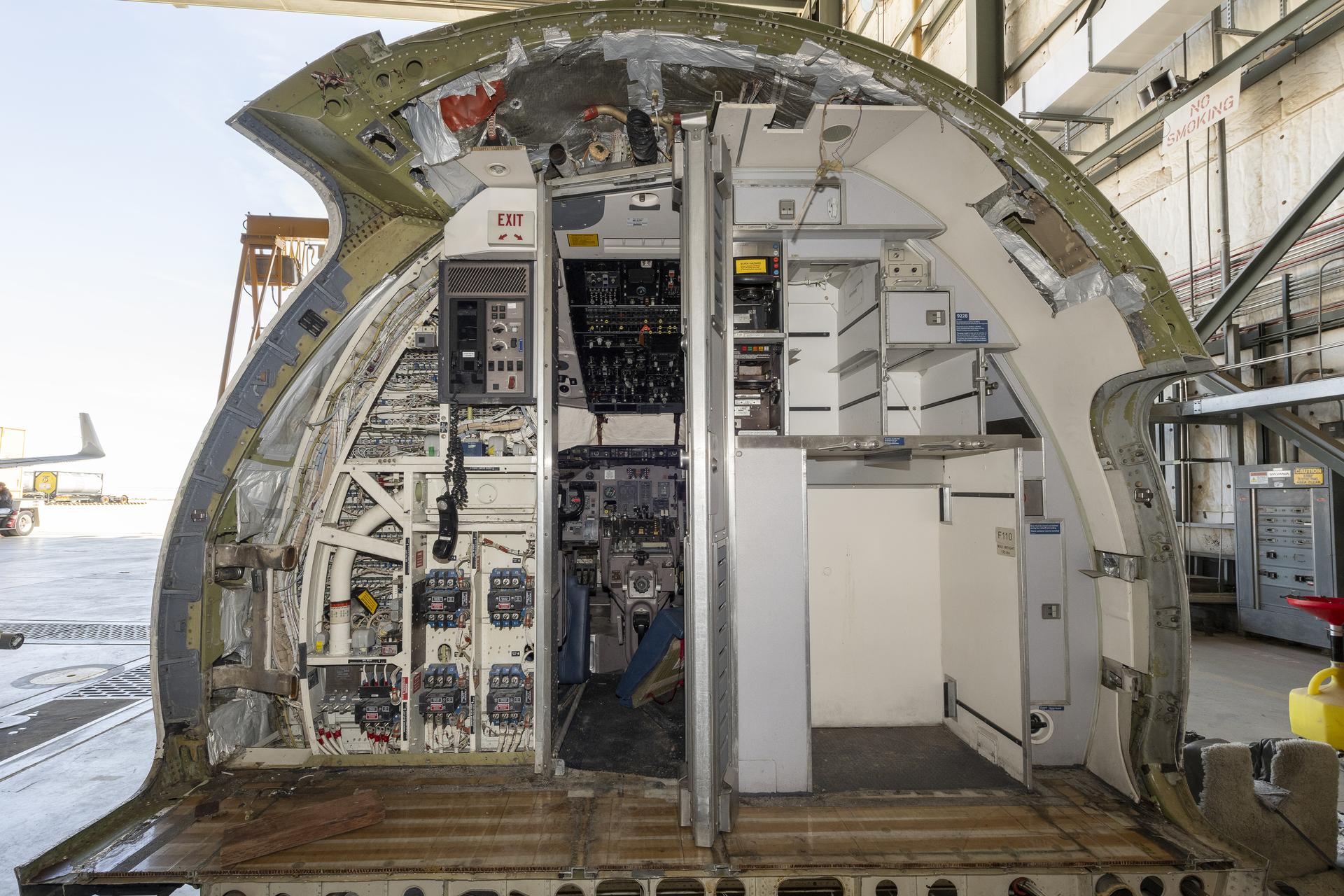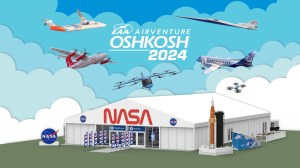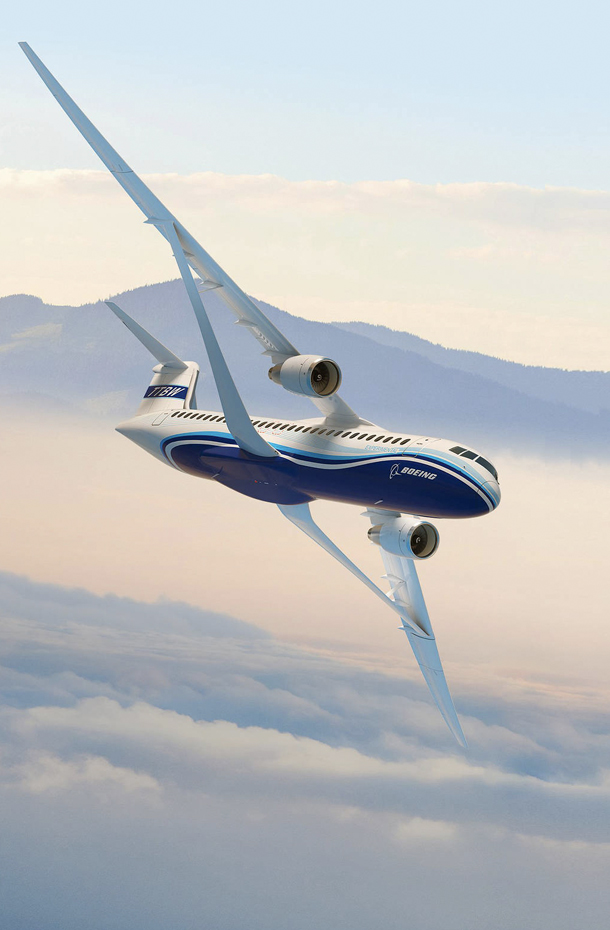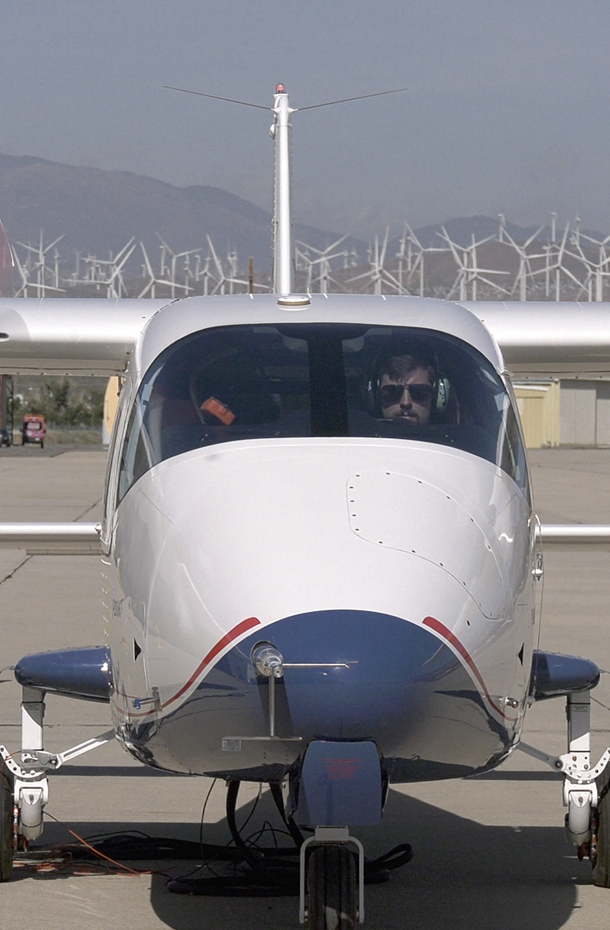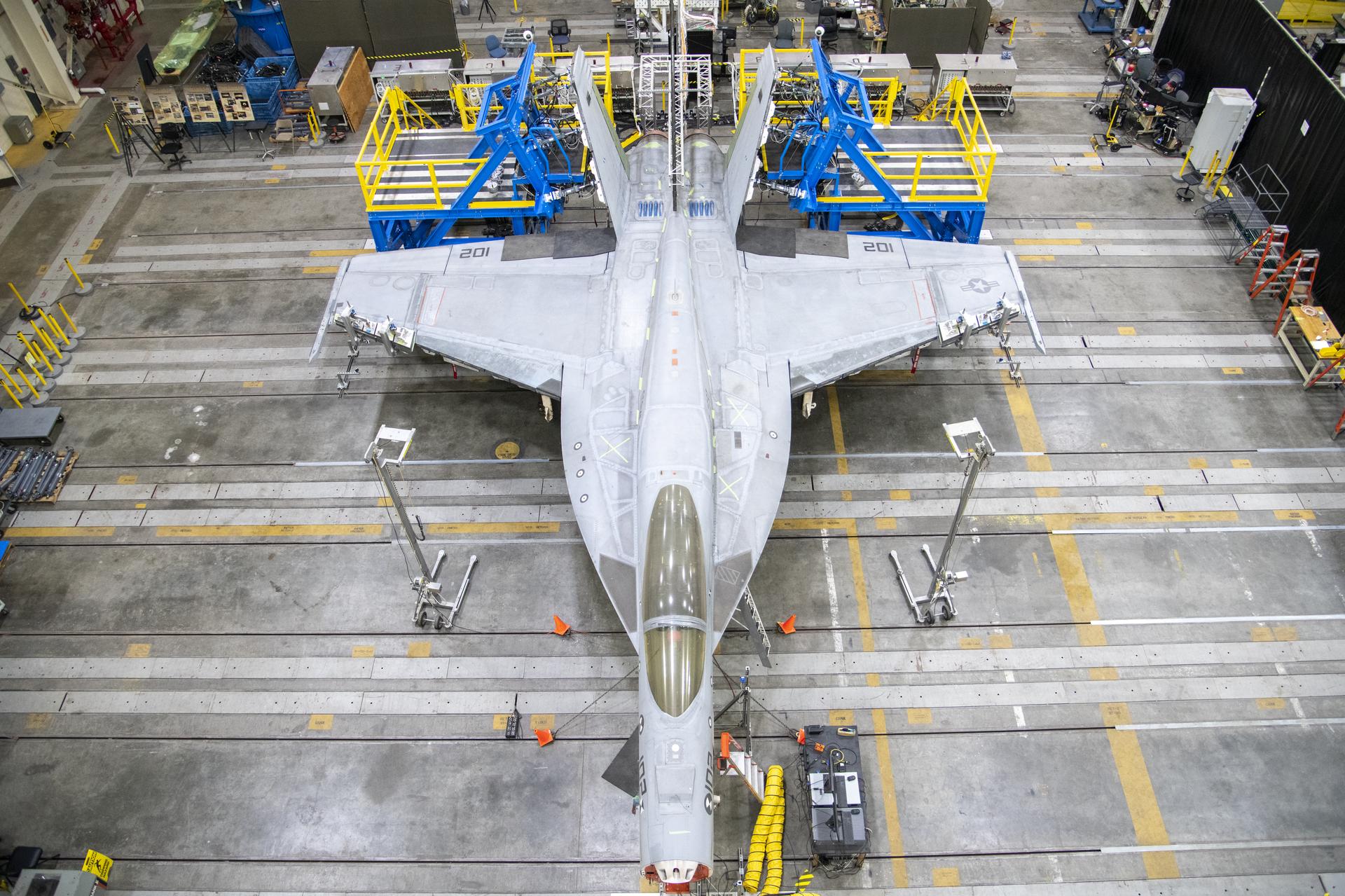Boneyard Airplane Sees New Life as a NASA X-66 Simulator
NASA’s X-66 aircraft, the centerpiece of its Sustainable Flight Demonstrator project, is taking the term “sustainable” to heart by reusing an old MD-90 cockpit as a base for its new X-66 simulator. When airplanes are retired, they often wind up in “boneyards” — storage fields where they spend years being picked over for parts by […]

2 min read
Preparations for Next Moonwalk Simulations Underway (and Underwater)
NASA’s X-66 aircraft, the centerpiece of its Sustainable Flight Demonstrator project, is taking the term “sustainable” to heart by reusing an old MD-90 cockpit as a base for its new X-66 simulator.
When airplanes are retired, they often wind up in “boneyards” — storage fields where they spend years being picked over for parts by manufacturers, researchers, engineers, and designers. That’s where the X-66 team found their new X-66 simulator cockpit, before sending it to NASA’s Armstrong Flight Research Center in Edwards, California.
The project will catalog, clean, and disassemble the MD-90 cockpit to use for the simulator. This is where the Simulation Engineering Branch at NASA Armstrong steps in. The team develops high-fidelity engineering simulators that allow pilots and engineers to run real-life scenarios in a safe environment.
As with any X-plane, a simulator allows researchers to test unknowns without risking the pilot’s safety or the aircraft’s structural integrity. A simulator also affords the team the ability to work out design challenges during the build of the aircraft, ensuring that the final product is as efficient as possible.
To assemble the X-66, the project team will use the airframe from another MD-90, shortening it, installing new engines, and replacing the wing assemblies with a truss-braced wing design.
The Sustainable Flight Demonstrator project is NASA’s effort to develop more efficient airframes as the nation moves toward sustainable aviation. In addition to the X-66’s revolutionary wing design, the project team will work with industry, academia, and other government organizations to identify, select, and mature sustainable airframe technologies.
The project seeks to inform the next generation of single-aisle airliner, the workhorse of commercial aviation fleets around the world. Boeing and NASA are partnering to develop the experimental demonstrator aircraft.
Share
Details
Related Terms
What's Your Reaction?
































